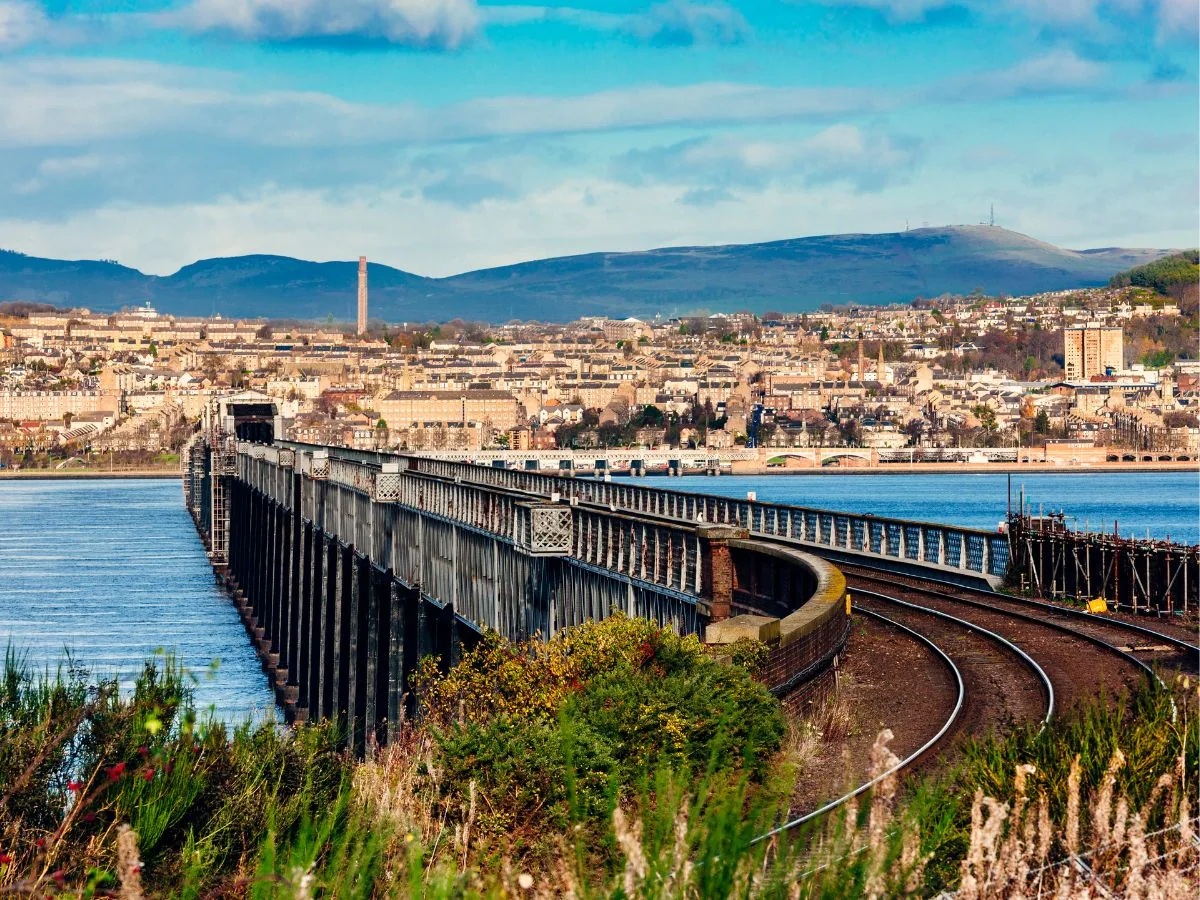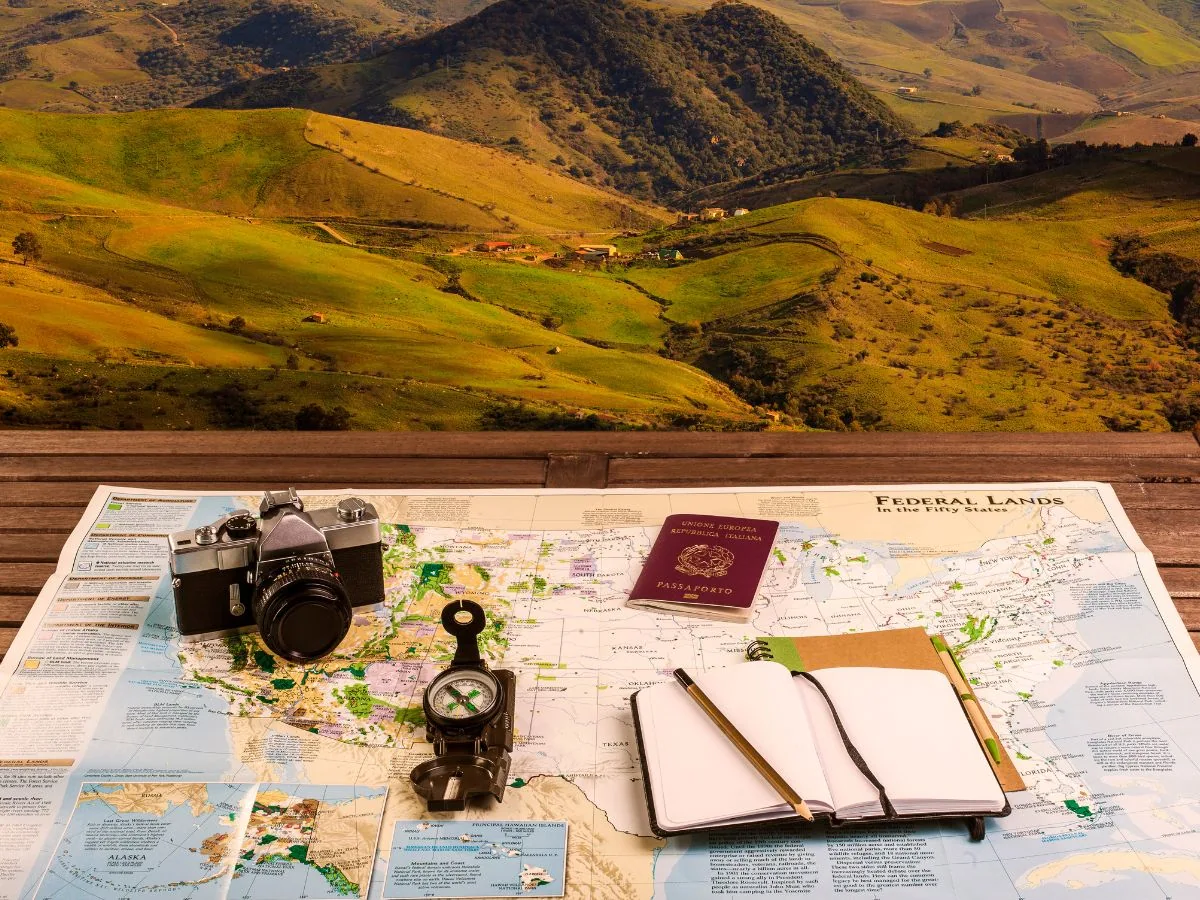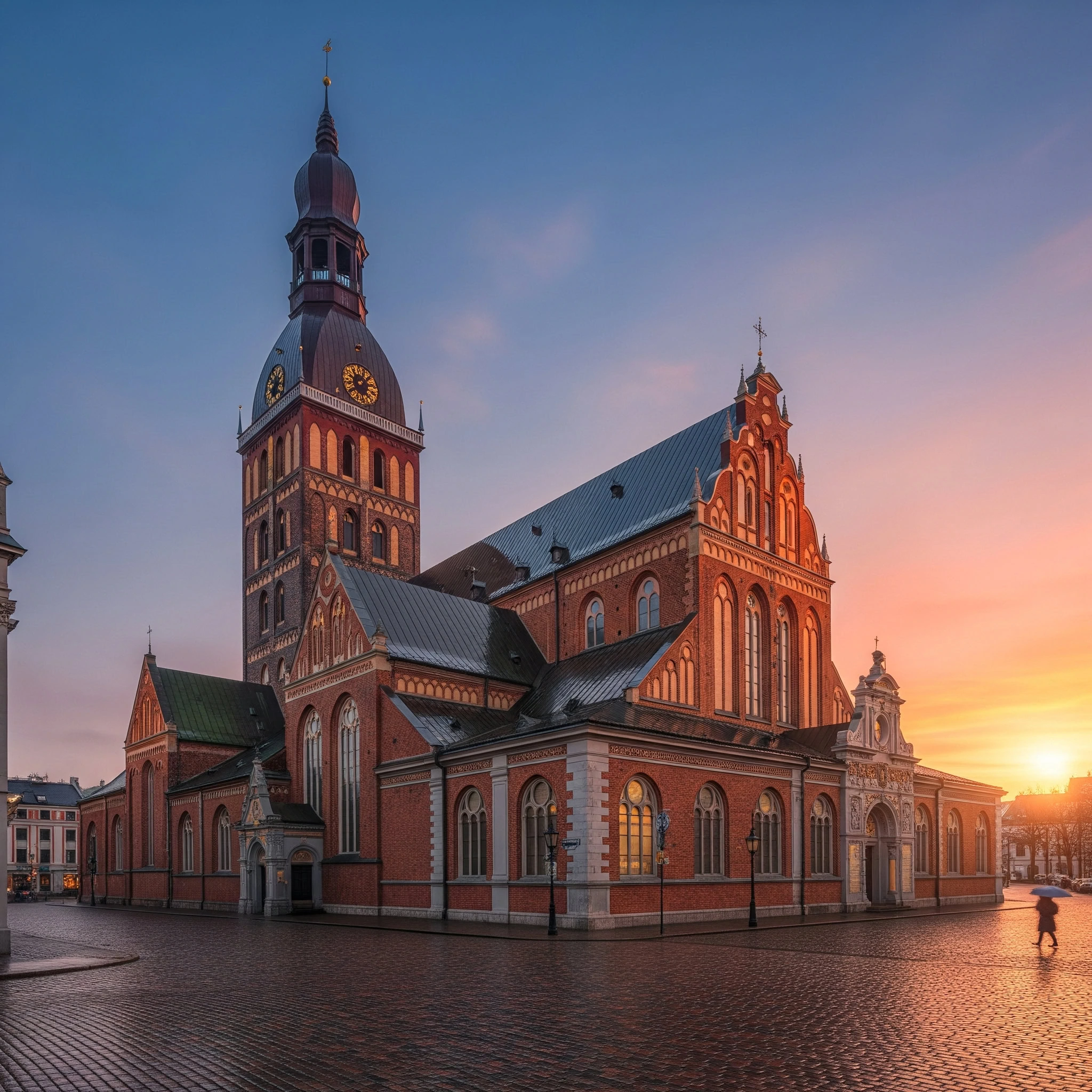In today’s fast-paced world where jet-setting has become the norm, there’s a quiet revolution happening on the railways. More travellers are choosing to slow down, opting for the gentle rhythm of train travel over the rushed experience of flights. Slow travel by train isn’t just about getting from point A to B, it’s about savouring the journey itself, connecting with landscapes that unfold outside your window, and rediscovering the joy of travel that modern transportation often bypasses.
Whether you’re concerned about your carbon footprint, seeking authentic cultural experiences, or simply yearning for a more mindful approach to seeing the world, train travel offers a compelling alternative. This guide will walk you through everything you need to know about embarking on your first slow travel adventure by rail. From understanding the philosophy behind it to practical tips for planning your journey and embracing the unique mindset that makes rail travel so rewarding. One practical tip is to check local schedules and prices in advance to find the best deals and ensure a smooth journey.
What is Slow Travel by Train?
Slow travel is more than just a mode of transport, it’s a philosophy that prioritises quality over quantity, connection over consumption, and experience over checklists. At it’s heart, slow travelling embraces the idea that the journey deserves as much attention as the destination, allowing you to absorb the gradual transitions between landscapes and cultures that faster travel simply erases. Traveling by land offers a more immersive experience, enabling you to stop and explore different locations along the way instead of rushing between destinations by air.
Dating back to the golden age of rail in the 19th century, train travel contrasts sharply with today’s instant-gratification tourism. While conventional travel often focuses on ticking off bucket list destinations, slow train journeys celebrate the spaces in between, offering a mindful alternative that reconnects us with the true essence of travel, discovery, wonder, and the gentle unfolding of new perspectives. Travellers can spend time enjoying the onboard amenities, exploring the surroundings, or partaking in various activities, emphasising the relaxed and indulgent experience of traveling by train.
Why Choose Train Travel for Your Slow Adventure?
Environmental Benefits
Train travel stands as one of the most eco-friendly transportation options available today, with emissions per passenger mile significantly lower than cars or planes.
Beyond carbon emissions, choosing rail travel reduces pressure on overcrowded tourist destinations by making intermediate stops more accessible and spreading tourism benefits to smaller communities. When you travel by train, you’re voting with your ticket for sustainable infrastructure development and supporting public transportation networks that benefit locals and visitors alike. More travellers are now avoiding flying to reduce their carbon footprint, embracing the opportunity for richer, more meaningful experiences through overland travel.
Cultural Immersion Opportunities
Trains offer unparalleled opportunities for cultural immersion that other forms of transport simply cannot match. As you share carriages with locals rather than fellow tourists, you’ll gain authentic insights into everyday life, overhear genuine conversations, and perhaps even strike up friendships that provide deeper understanding of the places you’re passing through. Exploring regions like the south of France and Germany by train allows you to experience tranquil landscapes and leisurely journeys, enhancing your travel experience.
Railway routes typically cut through the heart of communities rather than bypassing them, connecting you directly with market towns, villages, and city centres that airports never reach. This natural integration with local life means even brief stops can become meaningful cultural exchanges, whether it’s sampling regional cuisine from a platform vendor or observing local commuters going about their daily routines. Germany, with it’s scenic railway routes such as the Black Forest Railway, offers beautiful landscapes, traditional villages, and sustainable travel options, encouraging travellers to explore the country by train instead of flying.
Mental Wellbeing Advantages
The steady, rhythmic movement of trains creates a uniquely meditative environment that many travellers find deeply restorative. Traveling by night trains offers the added benefit of saving time while sleeping, allowing you to explore cities during the day without the need for additional accommodations. Without the stress of navigating unfamiliar roads or enduring airport security queues, your mind is free to wander, reflect, or simply rest as landscapes glide by your window. A natural form of mindfulness that’s increasingly rare in our hyperconnected lives.
Planning Your First Slow Train Journey
Choosing the Perfect Route for Beginners
For those ready to embrace a more ambitious European rail adventure, the London to Sicily journey represents slow travel at its finest. This magnificent route carries you through the Channel Tunnel, across France’s picturesque countryside, and down the spine of Italy before crossing the Strait of Messina to reach Sicily’s sun-drenched shores. Along the way, you’ll experience remarkable cultural transitions as Alpine landscapes gradually give way to Mediterranean scenery, a perfect example of how train travel reveals the subtle geographical and cultural shifts that flights simply bypass.
Packing Smart for Rail Adventures
Train travel’s primary packing advantage is liberation from airline liquid restrictions and tight weight limits, but space considerations still matter. Morning departures can enhance the overall experience, allowing travellers to enjoy stunning landscapes and have more time to explore destinations along the route. Focus on versatile clothing layers suitable for changing climates, comfortable footwear for exploring stops, and a well-designed day bag that keeps essentials accessible during the journey without requiring overhead luggage retrieval.
Comfort enhancers like a refillable water bottle, noise-cancelling headphones, a travel pillow, and entertainment options (books, downloaded shows, or podcasts) significantly improve longer journeys. Many experienced rail travellers also pack a carefully selected “train picnic” of local delicacies and treats, both to enhance the journey and to avoid reliance on sometimes limited onboard catering options. Additionally, enjoying coffee during the journey, whether in the comfort of private cabins or during stops, complements the picturesque views and the relaxing atmosphere of train travel.
Budgeting and Cost-Effective Travel
When planning a slow train holiday, budgeting and cost-effective travel options are key to making the most of your trip without overspending. One of the significant advantages of slow travel is the ability to reduce costs by avoiding expensive air travel.
Slow travellers can also save money by preparing their own food instead of relying on the often pricey restaurant car options, which can be a significant expense on long journeys. Packing a picnic with local delicacies not only enhances your journey but also keeps your budget in check.
By having a pre planned route, you can discover spectacular viaducts and scenic views without breaking the bank. Slow travel also allows you to avoid the high costs associated with air travel, such as checked baggage fees and expensive airport transfers. When travelling by train, it’s essential to book in advance to secure your spaces, especially during peak travel seasons.
Embracing the Slow Travel Mindset
Setting Intentions for Your Journey
Before departing, take a moment to consciously shift your perspective from destination-focused thinking to journey-focused appreciation. Consider setting specific intentions for your slow travel experience, perhaps learning about local history along your route, photographing changing landscapes, or simply creating space for reflection that your daily life might not allow. Choosing sustainable travel options, like scenic train journeys, can have a positive impact on the environment and local communities, empowering both individuals and the planet.
The most rewarding slow journeys balance structured activities with spontaneity. Perhaps planning one meaningful activity per stop while leaving room for unexpected discoveries. This balanced approach ensures you experience highlights without the pressure of a rigid itinerary, embodying the slow travel ethos that values quality experiences over quantity of destinations.
Practical Ways to Enhance Your Experience
Sit back and relax during your train journey, creating a meaningful record that captures not just what you saw, but how you felt as landscapes and cultures shifted around you. Many slow travellers find that sketching views (regardless of artistic ability) or practising mindful photography encourages deeper observation than simply snapping quick photos.
Consider a partial digital detox during your journey, perhaps limiting social media to once per day while focusing instead on the passing world outside your window. This conscious disconnection often leads to more meaningful connections with fellow travellers and locals, while also allowing your mind the rare opportunity to wander, daydream, and process experiences in real-time rather than through a screen.
Inspiring Slow Train Adventures
Around the World in 100 Days
The remarkable “Around the World in 100 Days” journey by Adventures by Train represents the pinnacle of what slow travelling can be. A 30,000-kilometre odyssey spanning continents and cultures while never leaving the ground. This ambitious project isn’t just an isolated adventure; it’s emblematic of a significant cultural shift back toward appreciating the journey itself, with social media engagement and enthusiastic public response demonstrating a collective yearning for more meaningful travel experiences across Europe’s vast travel opportunities.
Common Questions for First-Time Slow Travellers
Navigating Logistics
Station transfers and connections may initially seem daunting, but most major European stations are designed with pedestrian flow in mind, with clear signage and sufficient connection times built into recommended itineraries. For peace of mind, apps like ‘Citymapper’ provide real-time navigation within stations, while platforms like Trainline send timely alerts about platform changes or delays to your mobile device. Additionally, considering practical transportation options like a bus can offer flexibility and affordability, especially in regions where train service may be limited.
Food options vary dramatically across different train services, from comprehensive dining cars on premium routes to simple trolley service on regional trains. Seasoned slow travellers typically pack a flexible meal plan: perhaps bringing breakfast and snacks while researching quality lunch options at scheduled stops or booking dinner in the dining car for longer journeys. This hybrid approach ensures you’re never hungry while still experiencing local cuisine as part of your journey. Choosing the right accommodation, whether it’s a rental or a luxurious private option, is also crucial for a comfortable and enjoyable travel experience.
Potential Challenges and Solutions
Delays are an inevitable aspect of rail travel, but the prepared slow traveller views them as part of the adventure rather than a frustration, using the extra time to explore different cities and their unique offerings. Building buffer time into your itinerary—particularly for important connections—transforms potential stress points into opportunities for unexpected exploration of stations and surroundings. Many experienced rail travellers follow the “4-3-2-1 rule”: arriving 4 hours early for international connections, 3 hours for overnight journeys, 2 hours for major domestic transfers, and 1 hour for simple connections.
Language barriers in international travel become less intimidating with simple preparation. Downloading offline translation apps, learning basic phrases in local languages, and saving key train terminology on your phone can smooth most interactions. Remember that railway staff throughout Europe generally speak some English, particularly on major routes, and universal hand gestures for essentials like “water” or “toilet” transcend language barriers when digital solutions fail.
Conclusion
Slow travel by train offers a transformative approach to experiencing our world—with greater awareness, reduced environmental impact, and deeper cultural connection. By embracing rail journeys, you create space for serendipitous moments and genuine encounters that often become your most treasured travel memories. As the landscapes gradually transform outside your window and the rhythm of the rails becomes your temporary heartbeat, you’ll discover a form of travel that nourishes rather than depletes.
Your platform to slow travel awaits! Step aboard with Adventures by Train and let our rail experts craft a journey that will transform how you see the world. Contact us to begin your slow travel adventure today!







